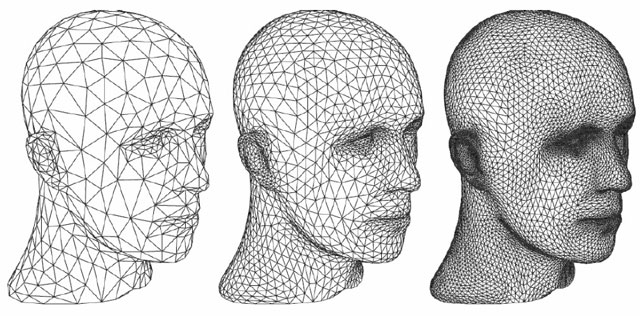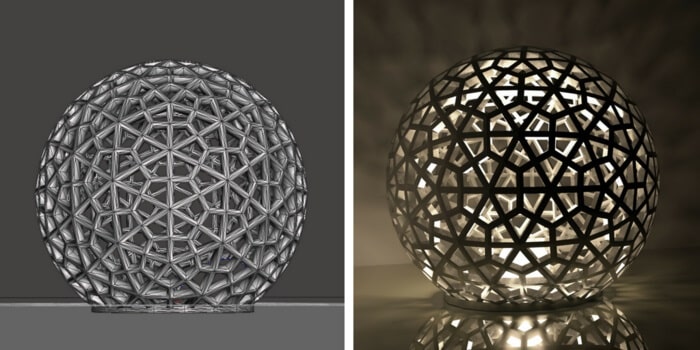General information about STL
If you want to use additive manufacture for your next project, you will have to get your file in the right file format, and STL is certainly the most popular one. Indeed, creating an object in three-dimensions requires a special three-dimensional file.
What does “STL” mean? The most common explanation is to say that it is the abbreviation of the word Stereolithography, given by 3D Systems. But others will tell that it is actually referring to Standard Triangle Language or even Standard Tessellation Language. No one really knows, but the most important thing is not the origin of the name STL, it is what it does.
An STL file stores information about your 3D model. The format represents the raw surface of a model with small triangles. The more complex and detailed the structure is, the more triangles will be used to represent the model. But why is this file format useful, exactly?
Once your model is created, you need to translate it in a language your 3D printer will understand. The information of an STL file is only describing the geometry of the model, there are no specifications about the texture, the color or the material of your model. It has all the information about the surface of the object, exactly what the 3D printer will print.
How to create an STL file?
Creating a good STL file can help you on many levels! Indeed, as you may know, 3D printing your project, from rapid prototyping to production, can be a great advantage. The first step for you will be to create a 3D design. Today, almost all CAD software on the market are able to generate an STL file from your 3D model. You just have to export your STL file from the CAD program.
Once you have your file, you might want to optimize it and increase the resolution of your model. To get the best 3D printed result while ordering your part on our online 3D printing service, you might need to follow all our tips to get the best resolution for your STL file.
How to open an STL file?
Here are a few examples of programs able to open STL files:
- Microsoft 3D Viewer.
- Microsoft Print 3D.
- Meshlab
- MiniMagics
- 3D-Tool Free Viewer
- CATIA
- IMSI TurboCAD Pro
- TinkerCAD
- SketchUp
- ideaMK STL Viewer
- Parametric Technology Creo


 Connect with Google
Connect with Google Connect with Facebook
Connect with Facebook

